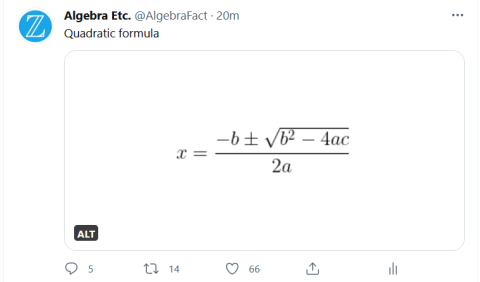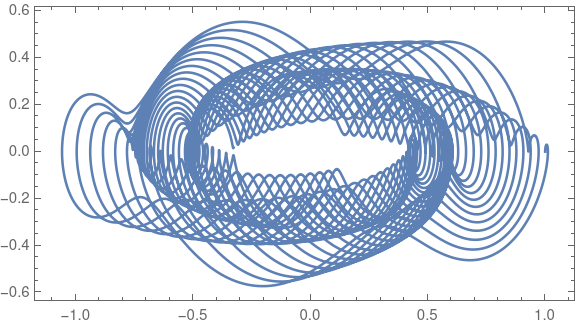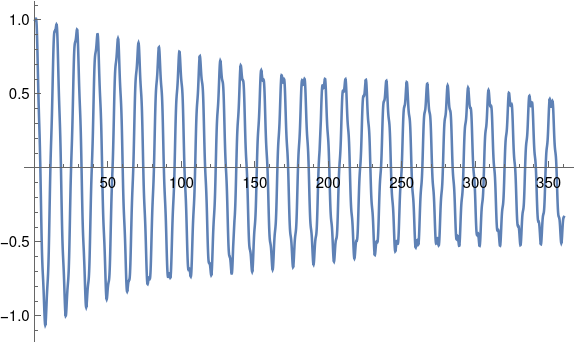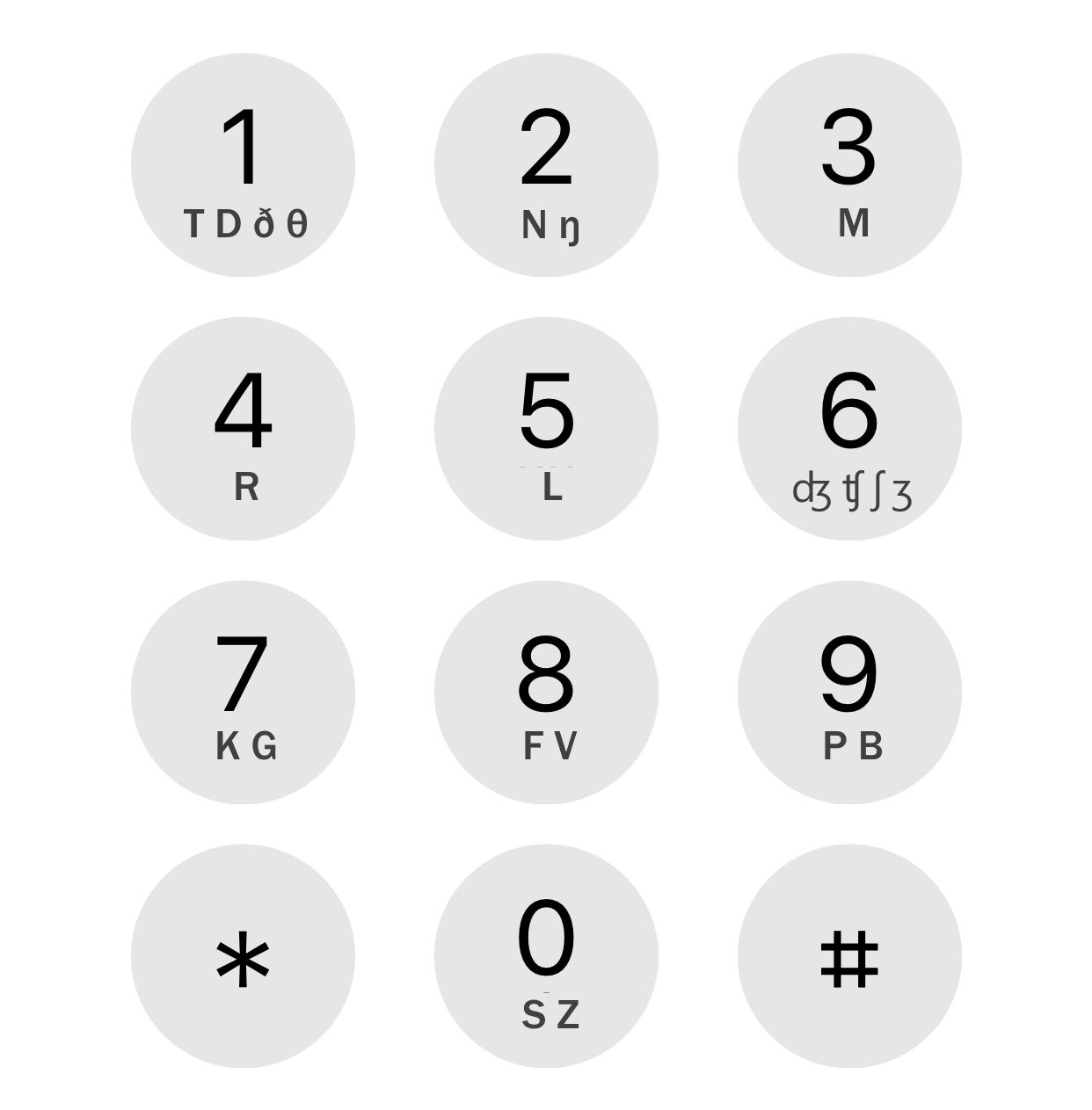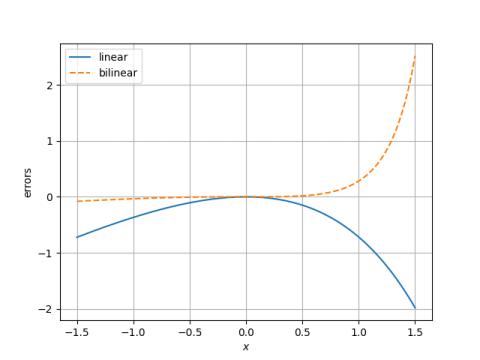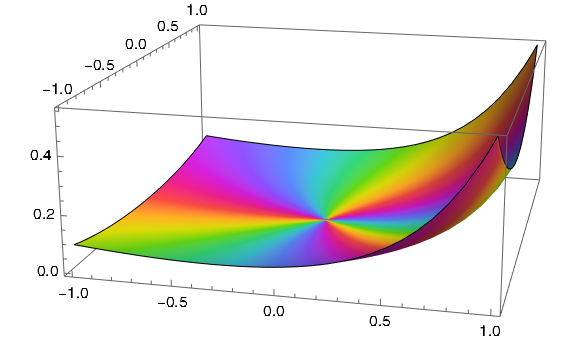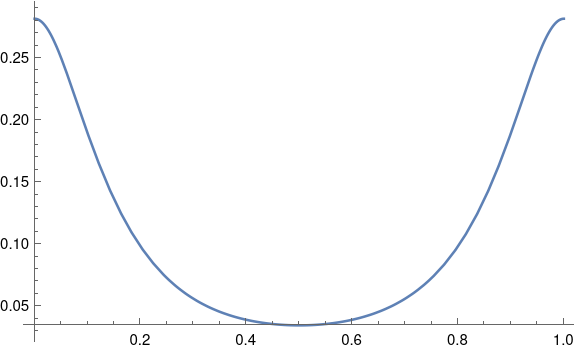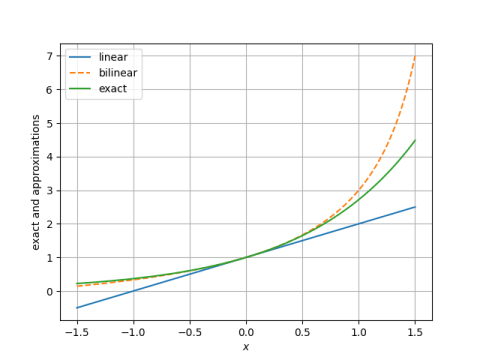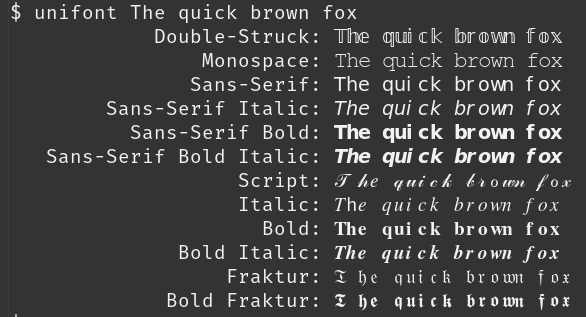Balaji Srinivasan asks in a Twitter thread why we’re not far more productive given the technology available. Here I collect the five possible explanations he mentions.
- The Great Distraction.
All the productivity we gained has been frittered away on equal-and-opposite distractions like social media, games, etc. - The Great Dissipation.
The productivity has been dissipated on things like forms, compliance, process, etc. - The Great Divergence.
The productivity is here, it’s just only harnessed by the indistractable few. - The Great Dilemma.
The productivity has been burned in bizarre ways that require line-by-line “profiling” of everything. - The Great Dumbness.
The productivity is here, we’ve just made dumb decisions in the West while others have harnessed it.
If I had to choose one of the five, I’d lean toward The Great Dissipation, inventing new tasks to absorb new capacity. This is what happened with the introduction of household appliances. Instead of spending less time doing laundry, for example, we do laundry more often.
Maybe we’re seeing that technological bottlenecks were not as important as we thought.
For example, it’s easier to write a novel using Microsoft Word than using a manual typewriter, but not that much easier. MS Word makes the physical work easier, but most of the effort is mental. (And while moving from Smith Corona 1950 to Word 95 is a big improvement, moving from Word 95 to Word 365 isn’t.)
Technology calls our bluff. Improvements in technology show us that technology wasn’t the obstacle that we thought it was.

